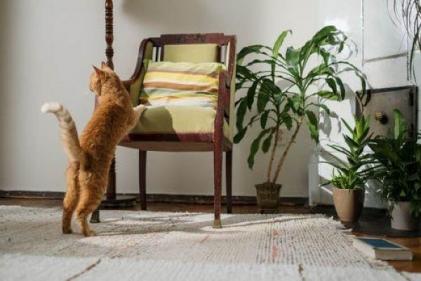Children have different ways of learning, which educational experts have grouped into three basic styles; auditory, visual and kinaesthetic. By understanding what group your child falls into, you should be better able to help him with homework and study.
Auditory learners:
Auditory learners:
Learn by listening to what others have to say and by talking about what they’re learning. They’re also more likely to:
- Retain information by talking aloud
- Need to have things explained orally
- May have trouble with written instructions
- Talk to themselves while learning something new
- Enjoy discussion groups over working alone.
Auditory learners might look like they're not paying attention when you're speaking to them but in actual fact, their listening skills are simply more developed than their visual skills. In contrast to many other students, these kinds of learners don’t get bored easily with teachers who like to give lectures. If your child is an auditory learner, he can also be creative and have an imaginative mind.
Visual learners:
As the name suggests, this group learn through watching and observing. This is believed to be the most common learning style and alot of classrooms are designed with the visual learner in mind. In order for them to understand and learn, they need to be able to see, visualise and illustrate what is being taught to them.
Visual learning characteristics include:
Visual learning characteristics include:
- Remembering visual details
- Preferring to see what they are learning
- Needing to have a pen and paper handy
- Doodling while learning
- Liking to write down instructions or see them demonstrated. Telling visual learners how to do something may not make sense to them at all-they need to be able to see the information.
Kinaesthetic/ tactile learners:
These learners learn best when they are actively involved in the learning process by using hands on activities and movement. Other characteristics of a kinaesthethic learner are:
These learners learn best when they are actively involved in the learning process by using hands on activities and movement. Other characteristics of a kinaesthethic learner are:
- Wanting to do whatever is being talked about and learned
- Liking to move around while listening or talking
- Talking with their hands
- Liking to touch things in order to learn about them
- Remembering events by recalling actions rather than words. It is important to note that these types of learners can be misdiagnosed as having ADHD or classed as troublemakers because the more visual/ auditory learning styles don’t work for them.
Read more: Activities for school children












